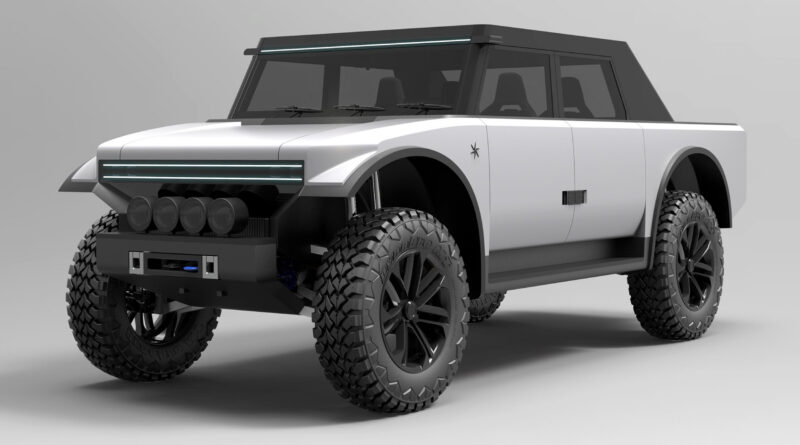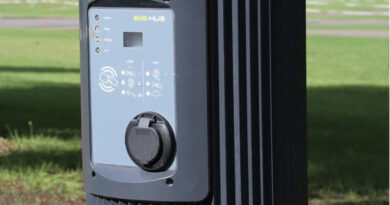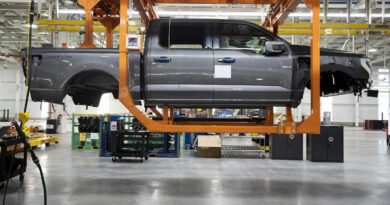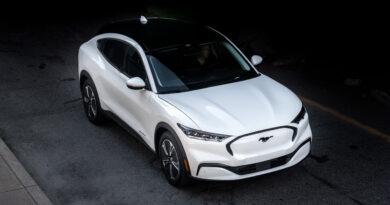UK startup Fering shows adventure-ready EV pickup with 7000km range
There’s the GMC Hummer, Tesla Cybertruck and Bollinger B2 to name but a few, but it’s clear electrification has opened up a whole new world of promised hairy-chested off-roaders.
Well, the bar has just been raised a few notches with Britain weighing in with the Fering Pioneer pick-up, set to go into series production in the UK in the first half of 2022.
Lightweight, shod in canvas and on giant 22.5-inch rims, this twin-electric motor beast with three-cylinder range-extender diesel engine is touted as a “low-emission vehicle for adventurers, explorers and emergency services”.
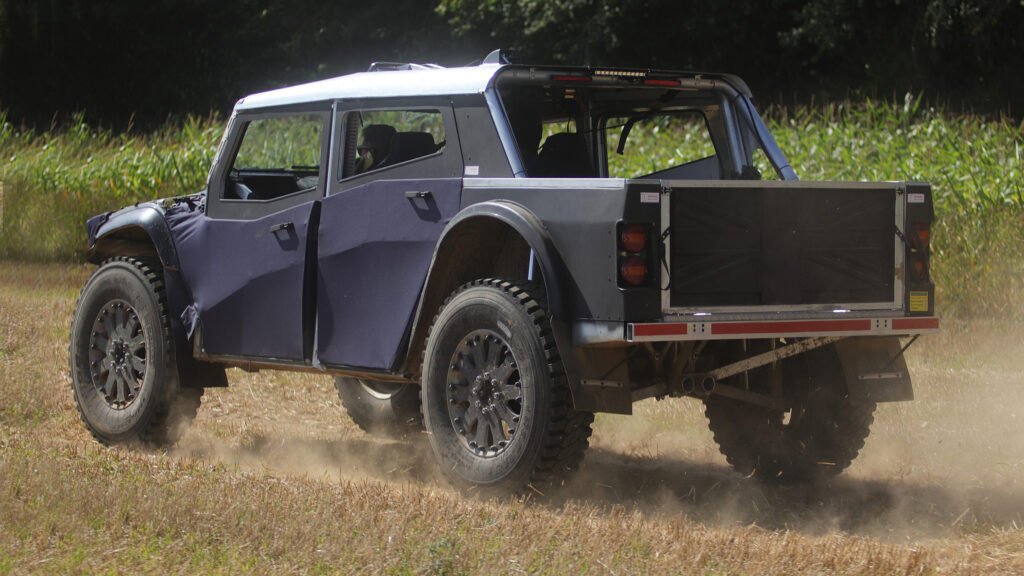
Just what is it with the Brits and creating vehicles that look primed for extreme military warfare in the harshest terrain? Witness the hydrogen fuel cell INEOS Grenadier for previous form in this area.
READ MORE: EV ute overload: The electric pickups coming soon
READ MORE: New EV electric car calendar: Every new EV coming soon
Apparently a prototype Fering Pioneer is already operational and being assessed by “key customers”.
Here’s hoping those are perhaps global explorers Sir Ranulph Fiennes and Mike Horn, but we fear this Pioneer may become the fashion accessory around the ritzy streets of Los Angeles, London, Monaco and Dubai. And gym owners in Bankstown.
7000km off-grid range?
Fering’s an all-new company which promises the Pioneer is good for 600Nm of torque from its brace of electric motors.
From here, the off-roader has gone about this EV thing rather differently. A relatively small battery is used to keep weight down, and instead of being the usual Lithium-Ion type, its cells are “more sophisticated Lithium Titanate Oxide” which are designed to survive extreme weather conditions (lithium-ion batteries don’t like temperature extremes, particularly extreme cold).

Electric-only range is a very limiting 80-or-so kilometres, hence the battery being supported by an 800cc three-cylinder range extender combustion engine drinking bio-diesel.
The little 70kW oil-burner generates power to run the motors and charge the battery in normal driving.
Claims for how deep an expedition you could potentially take one of these Pioneers are pretty extreme. Fering suggests that with long-range tanks fitted it “will be capable of driving for 7000km without needing a fuel stop or recharging from the grid”.
Exactly how this would be feasible aren’t divulged, but like you, we’re imagining that long-range tank consists of towing a truck-sized diesel-filled trailer behind.
But let’s not be cynical. The specification and build give hope to the extreme capabilities of this fascinating Pioneer.
Lifesaving, not lifestyle for Fering Pioneer
Lightness is key. It uses an aluminium spaceframe with composite elements, and those exterior panels use the same sort of fabric seen in high-end hiking boots. These “can shrug off damage, are easily replaced and it has better insulation properties than metal skins.”
Fering claims the little three-cylinder will return under 5L/100km – less than a Toyota Yaris – thanks to its small size and not needing to haul along a huge amount of mass.
It certainly looks ready to tackle rescue missions and adventures in some of the world’s least hospitable climes, and Fering’s angling for these kinds of uses, even if there’s an inevitability to one with air suspension ending up in a rap video.
Some of the promised off-road capabilities include coping with a 60 percent gradient climb; a 50-degree traverse angle, 500mm step climb, 800mm ground clearance and 1400mm wading depth.
READ MORE: Why electric cars will be more capable off-road
The remit was to make it no bigger than a medium-sized van in all directions. It’s 5526mm long; 2000mm wide and 1974mm high with height adjustments at +365mm to -135mm.
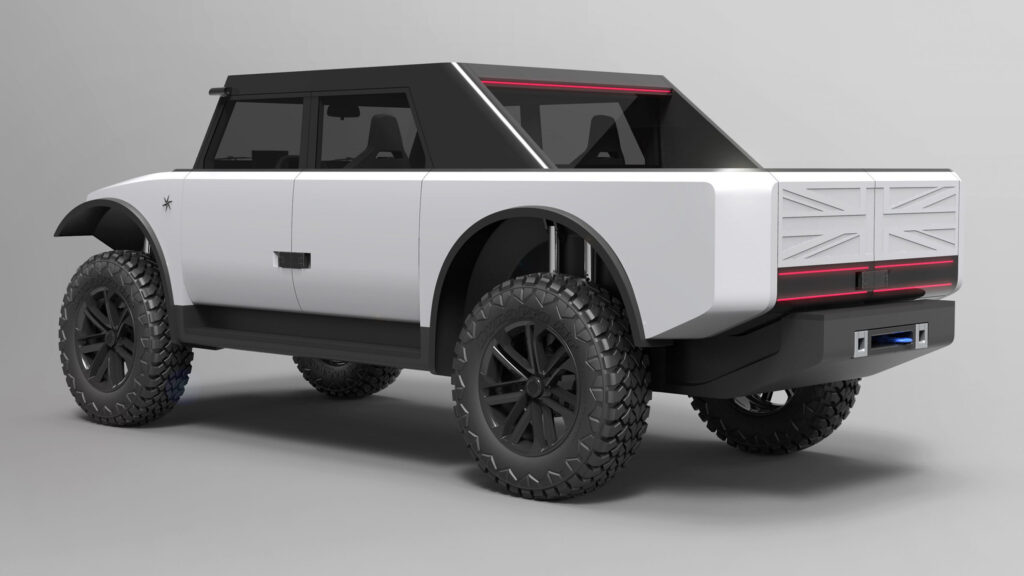
The brand’s introduction says it’s for “Lifesaving, not lifestyle; expeditions rather than exhibitions.” To appeal to your adventurous side, “it allows you to explore the deserts of Africa one week and the snow drifts of the Arctic circle the next.” Well, assuming your Covid passport papers are in order.
We’re told it’s been designed with adaptability in mind. The likes of bigger batteries and different range extenders can be used, such as alcohol-fuelled engines in Brazil or a fuel cell in Asia.
The combination of a battery and generator makes it a potential fit for emergency service use, where electrically operated rescue equipment and lighting can be used in remote locations.
The whopping 22.5-inch wheels have been fitted with common sense in mind: they accept standard size truck tyres to ensure easy availability around the globe.
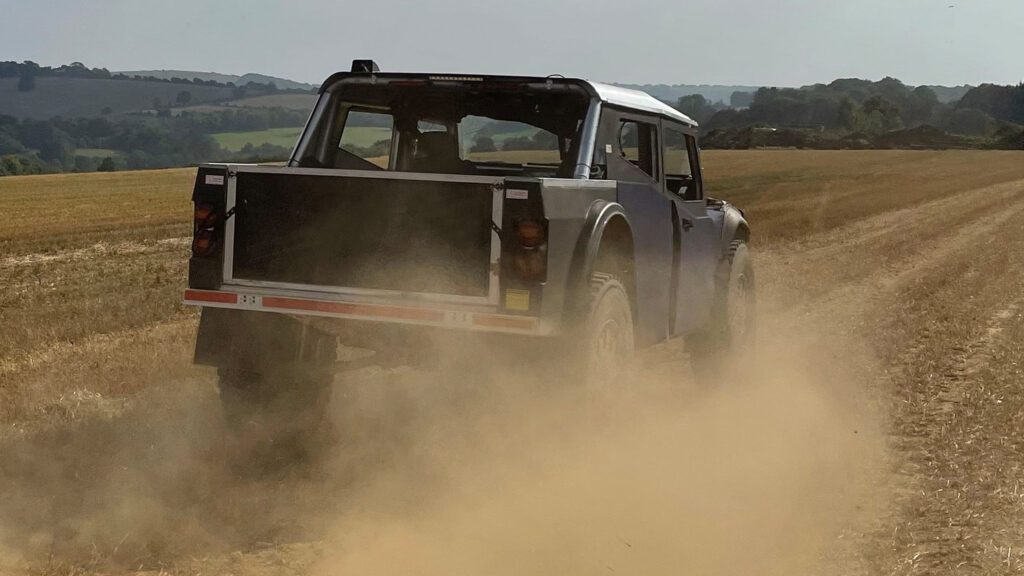
Will it happen? Fering’s founder is Ben Scott-Geddes, who worked under Gordon Murray building McLaren F1 road cars and the F1 Le Mans 24 Hours winner in 1995. Solid grounding there when it comes to innovation.
As with many of these prototypes, we’ll reserve proper excitement until the series production vehicles begin rolling off the line. Hopefully, as promised, this is just a few short months away.
The company’s website says pre-orders are open and you can place a refundable £500 ($925) deposit now.

